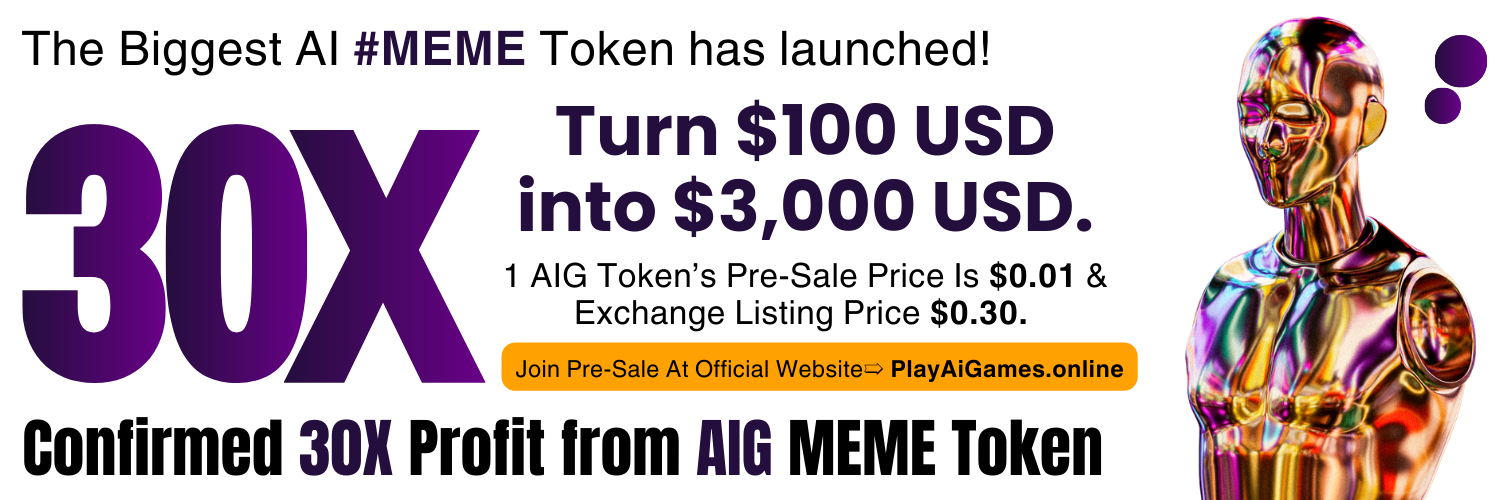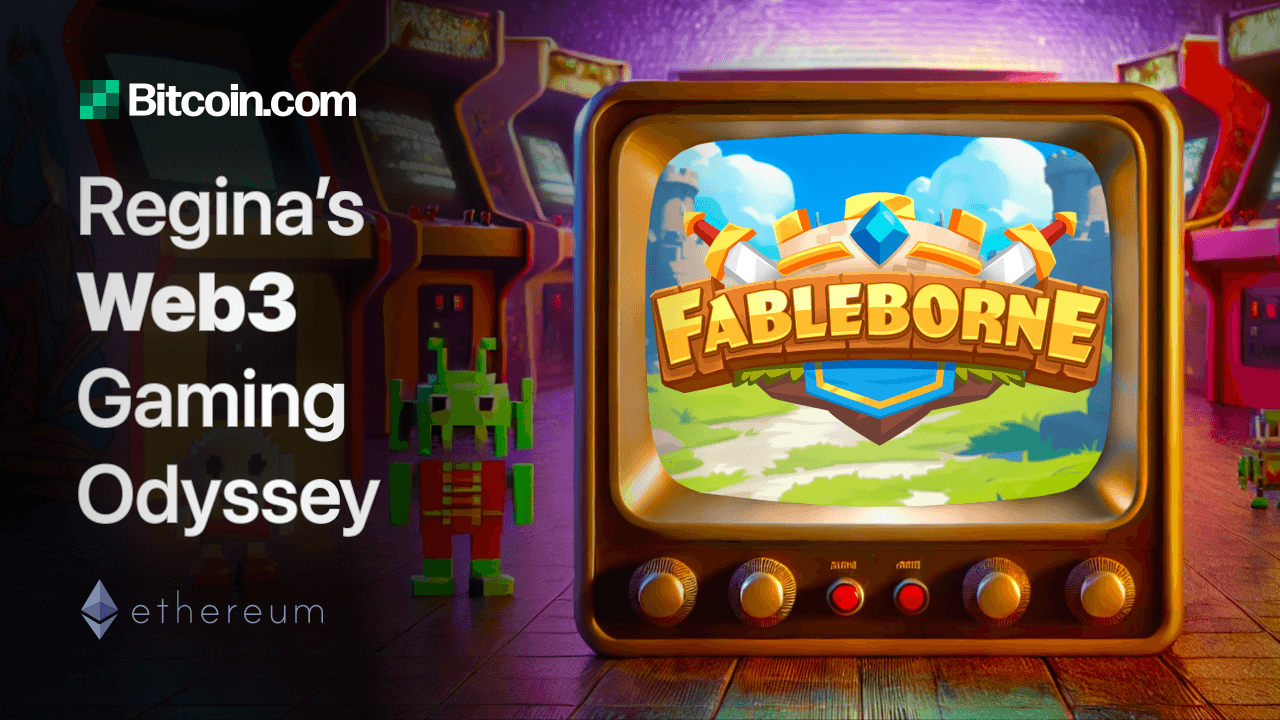Later this quarter, Harvard Innovation Labs will incubate the New Bretton Woods Project or NBW. The NBW is a DeFi-powered initiative to tackle the global debt crisis. The DeFi infrastructure will be run on the Bitcoin Layer 2 Network or BeL2. The latter is a creation of Elastos foundation.
The New Bretton Woods program’s goal is to produce a BTC-backed stablecoin. One core part of the project is to ensure that the stablecoin is legal in all the states of America. This is a challenge because each state has its own laws.
The tokenomics of the BTC-backed stablecoin should be out in a couple of weeks’ time, Hargreaves said. The Coin Republic’s Editor-in-Chief, Varuni Trivedi, discussed Elastos’s vision, mission, decentralization, RWAs, and much more with Jonathan Hargreaves. Hargreaves leads the Business Development and ESG side of Elastos. Here are some interesting bits from the interview.
– Advertisement –
The Wait for a Decentralized World
Jonathan Hargreaves considers himself part of the ‘2% of the world’s population that finds joy in solving the complexity of web3’. He explains that he’s from the era that saw the change happen before their eyes. He was an advisor to the Web Science Trust, then overseen by Tim Berners Lee, the creator of the World Wide Web (at Europe’s Particle Physics Laboratory CERN).
Decentralization is a fundamentally radical change, according to Hargreaves. He emphasized its potential with several examples.
“Fundamental tech takes longer to implement. Fundamentally, changing the infrastructure takes time. When you do, it really changes everything. That’s the journey we are on,” Hargreaves said.
A tipping point will reach when decentralized infrastructure becomes a clear alternative to existing infrastructure. He estimates that that tipping point would be reached in around 3 to 5 years. Over the next two years, Elastos will focus on materializing data ownership and decentralized finance solutions.
Elastos’s Vision and Mission
“It’s your money, it’s your bank, you’re the person in charge using these technologies with how you get rewards from the system. And that’s really the crux of it.” However, John added that that’s just Finance; their vision extends to commerce and much more.
There’s a credit crisis in developing countries such as Brazil. Hargreaves pointed out that in Brazil, farmers were paying interest rates as high as 90%. He added that street vendors in India could benefit from a peer-to-peer financial network.
“In this model, it’s really about how do you incentivize people using the basis of crypto to actually change behaviors or be educated so that they can get access to a better credit rate.”
According to Hargreaves, NBW is a project that envisions using cryptocurrency as an instrument to create social impact.
“The vision at the highest level is really about how we use cryptocurrencies in a positive way to actually impact global economies.”
Elastos is working on a project in Indonesia where the solar power generated by a community is traded for carbon credits. Hargreaves makes it clear that Elastos wants to create social impact and is sharply focused on the weakest communities.
The point was, he said, that the system of rewarding value in the form of crypto extends to other sectors, such as education, not just sustainability.
“How do you build a decentralized system in the community so that the solar energy can be taken from that community and put into a crypto token and actually then convert it into a carbon credit, which is then exchanged with those people. So those people who are building mines and airports exchange with the community… “
He noted that since Elastos is Ethereum Virtual Machine (EVM) compatible, the benefits of crypto can be extended across verticals. Hargreaves stressed that decentralization must be looked at from the community perspective.
Regulations, Complexity, and FUD are Major Roadblocks
Regulations, the complicated user interface of web3 applications, and fear, uncertainty, & Doubt (FUD) are major roadblocks to adoption, notes Jonathan.
While discussing major roadblocks to adopting decentralized systems, Hargreaves referred to the case of India. Demand for credit services in India is high. However, the regulatory environment in the country is ‘cautious’. Regulators in countries like India have to protect citizens from being exploited or cheated while they gradually educate themselves about new technology.
However, a cautious regulatory approach shouldn’t curtail the inflow and growth of innovation, Hargreaves noted. He emphasized that a stubborn stance would prevent citizens from accessing the benefits of decentralization and crypto.
There are examples of these new radical technologies not being used well, ‘often actually in centralized models,’ he noted.
While regulations are necessary, so is empowerment. Hargreaves highlights a potential use case of web3 technology with an example of decentralized identity or DID in Nigeria. In Nigeria, Football scouts are on the lookout for children, offering opportunities in Sports in Europe. Parents can scan the decentralized identity and confirm if the scout is an officially registered one.
He simplifies the industry’s roadmap to mass adoption – making the web3 interface user-friendly and working on chain abstraction. He notes that chain abstraction will progress faster than achieving milestones in the regulatory challenge.
What is Merge Mining and BeL2?
Satoshi Nakamoto initially conceptualized Merge Mining. It’s a system wherein one blockchain piggybacks off the computational resources of another blockchain. In this case, Elastos is the auxiliary blockchain that runs on the computational resources of the Bitcoin network. Elastos makes innovation on Bitcoin possible, with BeL2 being a case in point.
BeL2, or Bitcoin Layer 2, is a network that opens up the world of decentralized finance on the Bitcoin network. It does this without moving the Bitcoin off the main Bitcoin chain. Layer 2 technologies have already taken up the blockchain world by storm, albeit it’s largely the Ethereum version.
BeL2 enables smart contract functionality, among other features, on Bitcoin but is also capable of connecting with other blockchains. The idea behind the name BeL2 is the symbol of a bell, something that ‘rings out change,’.
Given the nature of their network, the governance structure Elastos prefers is ‘akin to a DAO’ (Decentralized Autonomous Organization), according to Hargreaves. In their Proof-of-Representation mechanism, the validator nodes can change protocols via a voting process.
On the Bitcoin Economy’s Milestones
The conceptualization of Merge Mining in 2010 by Satoshi is the first milestone in the Bitcoin economy, says Hargreaves. It was an idea of a secure future for Bitcoin.
Initially, Bitcoin was a currency of accumulation, and that helped build its profile, notes Hargreaves. Eventually, from just a store of value, BTC became a medium of exchange when it was used to trade. He emphasized that the quickness of the transition from store of value to medium of exchange is underrecognized.
The development of the lightning network and Layer 2 networks was another major milestone in the Bitcoin economy.
“…since 2020, tech like Taproot has facilitated this new economic programability in bitcoin and the functionality that comes from that. In the last two years, you’re seeing the growth of a genuine economy around bitcoin…” he added.
The next two years are going to be about reducing the complexity of the web3 interface and other problems like high gas fees, says Hargreaves.
While talking about real-world assets or RWAs, he noted that there’s great potential in the sector. ‘Of the total $255 Trillion RWAs, $12 Billion had been tokenized.
“Traditional companies will struggle against web3 companies doing the same thing at scale if decentralization coupled with solid tokenomics takes off. Web2 companies will be at a comparative disadvantage if they don’t respond to the innovation of web3 companies in their respective markets,” he added.
“Part of the BeL2 system uses Arbiter nodes. These are like validation nodes, but what they are able to do is there’s a smart contract that follows the business rules that are able to arbitrate if there’s a dispute in the system and arbitrate and automatically resolve that dispute.”
Several web2 models have succeeded because of successful arbitration systems, he noted, while giving the example of how disputes are settled in the AirBNB business model.
Short-Term Goals, Advice for Entrepreneurs
Over the short term, Elastos is looking to establish BeL2 as a mechanism to address liquidity and stablecoin issues. Developing their partnerships is another major short-term goal. BEVM, Bitlend, and B squared are some of the exciting partnerships Elastos is working on.
“We have partnered with a company Particle Network that are not just able to abstract the account, but also the chain from the user experience so for all purposes, you’re getting the benefits of web3 value creation and all the great things that can happen with incentivization but it just feels like a web2 environment.”
Three things entrepreneurs should consider, especially the new ones, according to Johnathan Hargreaves: first, reduce complexity, focus on value creation (using decentralization to create value via a token), and lastly, clearly understand how the value creation aligns with the community.
At the end of the day, it’s about giving back to the community, he concluded.
https://elastos.info/
https://x.com/metaverse4good











